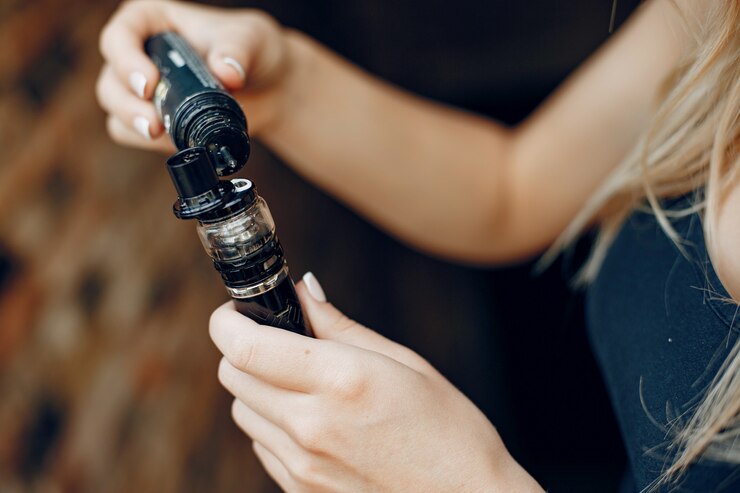Essential oil vaping is gaining popularity as an alternative to traditional methods of consumption. Those interested in natural wellness often turn to this trend, seeking both therapeutic benefits and enjoyment. Essential oil vape pens provide a convenient and discreet way to experience the aromatic effects of various essential oils.
Many users report that inhaling vaporized essential oils can enhance mood, promote relaxation, and support overall well-being. The variety of essential oils available allows individuals to tailor their vaping experience to their specific needs, whether it’s finding relief from stress or aiding concentration.
As the market for these products expands, it’s crucial to understand the different essential oils suitable for vaping and their potential effects. Exploring this option can open new avenues for enhancing daily routines through natural ingredients.
Understanding Essential Oil Vapes
Essential oil vapes consist of various components that contribute to their unique properties and functionality. Key factors include the ingredients used in formulations and how these devices operate to deliver aromatic compounds effectively.
Composition and Ingredients
Essential oil vapes typically contain a blend of essential oils, carrier oils, and sometimes additional flavoring agents. Common essential oils used include lavender, peppermint, and eucalyptus. Carrier oils, such as coconut oil or vegetable glycerin, help to dilute the essential oils for safe inhalation and promote vaporization.
Additives can enhance flavor or provide specific therapeutic effects. Users should ensure that the products they choose are free from harmful chemicals, such as synthetic additives or diluents, to maintain safety and efficacy.
Mechanism of Action
The operation of essential oil vapes relies on a heating element, which vaporizes the liquid mixture for inhalation. When the user activates the device, the heating element warms the essential oil blend, transforming it into vapor.
This vapor is then inhaled, delivering aromatic compounds directly to the respiratory system. The therapeutic properties are often felt almost immediately due to the rapid absorption of the compounds. Users can experience various effects, such as relaxation or invigoration, depending on the type of essential oil used.
Health Considerations
Essential oil vaping carries several health considerations that users should recognize. This includes potential benefits related to aromatherapy, as well as risks and guidelines for safe usage.
Benefits of Aromatherapy
Aromatherapy is widely recognized for its potential to improve mental well-being. Essential oils, when vaporized, can promote relaxation, reduce stress, and enhance mood. Oils such as lavender and chamomile are often used for calming effects, while citrus oils like lemon and orange may invigorate and uplift.
Many users report improved focus and cognitive function through specific essential oils. For example, peppermint and rosemary are linked to increased alertness and concentration. These effects make essential oil vaping appealing for those seeking alternative approaches to enhance their mental states.
Potential Risks and Side Effects
Despite potential benefits essential oil vaping is not without risks. Inhaling concentrated essential oils can irritate the lungs and airways, leading to respiratory issues for some individuals.
Common side effects may include headaches, dizziness, or allergic reactions. Certain oils, such as eucalyptus and tea tree, carry a higher risk of causing negative reactions. Users with preexisting respiratory conditions or allergies should exercise caution.
Additionally, quality and purity of essential oils are critical. Contaminated or low-quality oils can introduce harmful substances, heightening health risks.
User Safety Guidelines
To ensure safe use, individuals should follow specific guidelines when vaping essential oils. First, choosing high-quality, properly diluted essential oils is vital. Manufacturers should provide information on purity and intended use.
Users should start with small amounts to assess tolerance. Observing any adverse reactions upon initial use is essential.
It is also crucial to avoid using essential oils near individuals with sensitivities or allergies. Ensuring proper ventilation in vaping areas can lessen potential irritation.
Regular cleaning of devices is necessary to avoid buildup of residues, which can affect quality and safety. By adhering to these guidelines, users can minimize risks associated with essential oil vaping.


